Reiki’s History and Use in Western Medicine Settings
Reiki (pronounced Ray-Key) is an ancient Japanese hands-on healing art, often described as “energy healing.” It was developed in Japan in the 1920s by Dr. Mikao Usui and brought to the United States in 1937 by Hawayo Takata. Reiki continues to gain popularity in the West as a useful Complementary and Alternative Medicine, with The Center for Reiki Research (2019) listing “76 hospitals, medical clinic and hospice programs where Reiki is offered as a standard part of care,” including prestigious medical institutions such as Duke, Columbia Presbyterian, and John Hopkins. According to Miles (2008), Reiki “is being delivered in the most stressful of settings—the cardiac-care unit, the delivery room, the operating room, intensive-care units, and the emergency room (p. 205). Visit The Center for Reiki Research to explore scientific research around Reiki and its use in hospitals around the country. “During my time as a medical social worker in inpatient hospitals, I found Reiki to be a very useful tool in decreasing patients’ anxiety and pain. Working in very stressful and busy environments, Reiki also came in handy for self-care and to ease the stress of overworked healthcare providers.” [Jaclyn, Yoga Therapists & Reiki Master at Dogwood Studio]
How Reiki Works
Reiki translates in Japanese to mean “universal life force energy.” This “energy” is simply the universal life force that is present in all things (Wellgood, 2012, p. 2). In yoga, it is understood as “prana” and in Chines Medicine as “chi.” The Reiki practitioner is attuned and trained by a Reiki Master teacher to channel energy through the hands for the purpose of offering healing to the client. When channeled to the client, this energy moves through the body and helps restore the individual to a place of balance on a physical, mental, emotional, and spiritual level. Through facilitating balanced functioning, Reiki improves wellbeing and strengthens the body’s innate ability to heal (Miles, 2008, p. 8).
Reiki is very powerful and effective, yet subtle and non-invasive. A Reiki healing treatment can be performed hands on or held close to the client (with the client laying on a table fully dressed) or long distance. Reiki does not require the client to believe in the possibility of it being an effective treatment – just a willingness to receive/experience. With no known medical contraindications, Reiki can be safely practiced in any setting (Miles, 2008, p. 9).
Benefits of Reiki
A Reiki treatment may facilitate stress reduction in the mind and body. A single Reiki treatment can bring rapid reduction in stress, anxiety, and pain. Additional commonly reported benefits of Reiki treatment, include the following:
Improved sleep
Improved digestion
Greater sense of wellbeing
Feeling more motivated
Decreased symptoms of depression
Relief from side effects of medications, radiation, or chemotherapy (Miles, 2008, p. 8)
Additionally, The NIH’s National Center for Complementary and Alternative Medicine includes studies that demonstrate the benefits of Reiki for patients with advanced AIDS, diabetes, fibromyalgia, and prostate cancer (Miles, 2008, p. 204).
Come try Reiki at DOGWOOD STUDIO in downtown Carrboro, North Carolina! We are offering 50% off your first private session. Register online HERE. At check out, choose the option for the First Session discount.
References
Miles, P. (2008). Reiki - a comprehensive guide. Penguin Putnam.
The Center for Reiki Research Home Page. (2019). Retrieved June 23, 2019, from https://www.centerforreikiresearch.org/
What is Reiki? (2019). Retrieved June 23, 2019, from https://www.centerforreikiresearch.org/WhatIsReiki2.aspx
Wellgood Works, F. W. (2012). Metaphysical Reiki [Student Manual]. Wake Forest, North Carolina.

